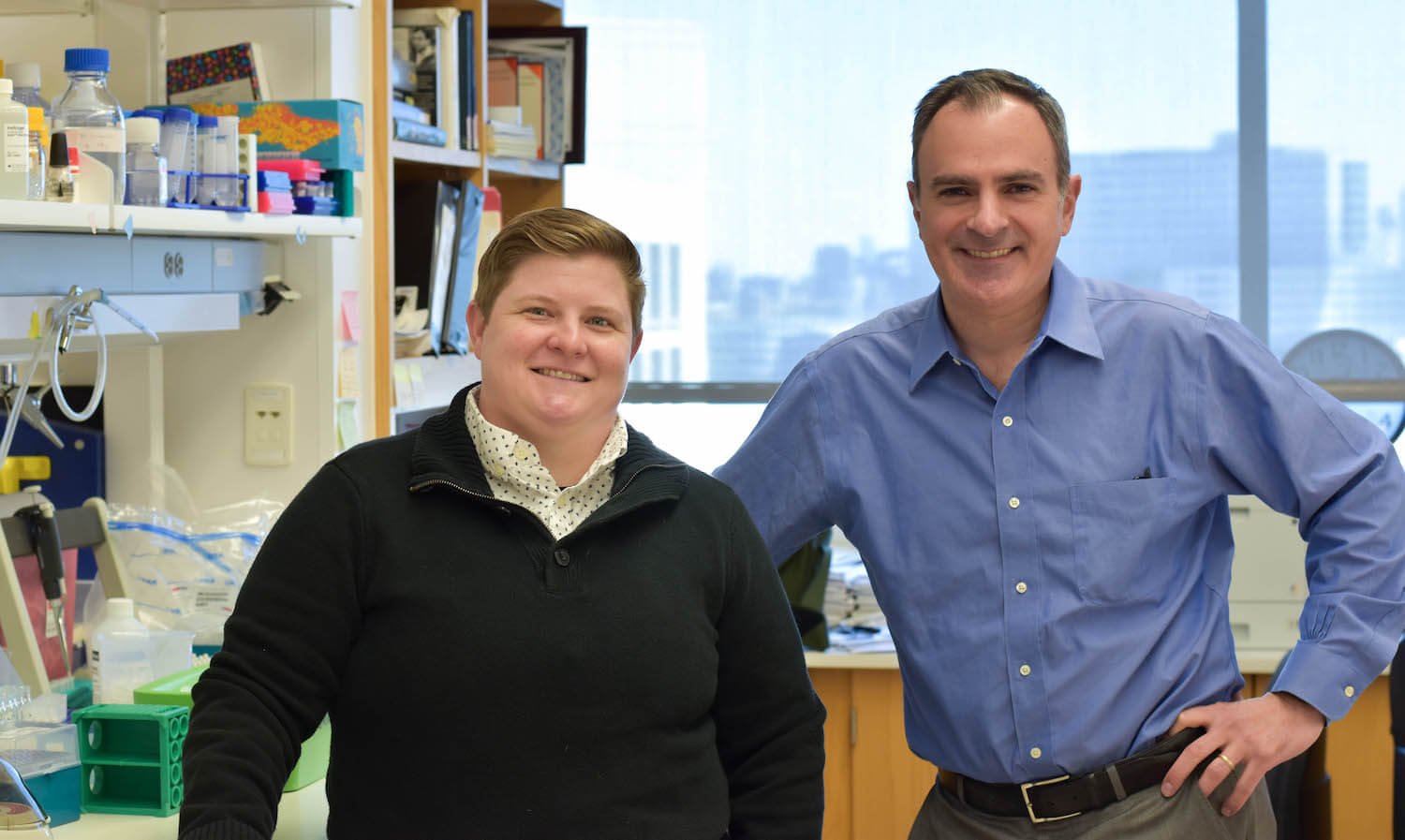Researchers in the DeBerardinis lab in CRI developed a new method to study metabolism directly in developing mouse embryos and uncovered new information about how the placenta and embryo use nutrients to grow. These findings, published in Nature, will help scientists paint a clearer picture of how inborn metabolic diseases interfere with fetal development and could provide opportunities to treat fetal metabolic defects during pregnancy.
Approximately halfway through mouse gestation, equating to 9-12 days after conception, the placenta begins to transfer nutrients and oxygen to the embryo to supply metabolic pathways that promote growth and organ formation. This period, termed midgestation, has been difficult to observe in utero using conventional methods. As a result, the basic biology of how the placenta and embryo use nutrients to grow and develop is still poorly understood.
“We know proper metabolic control is essential for healthy development, because defects in metabolic enzymes can cause problems in the way the body forms,” said Ralph DeBerardinis, M.D., Ph.D., CRI Professor and Howard Hughes Medical Institute Investigator. “But we generally do not know why or how. So we need practical ways to study metabolism during fetal life.”
To understand how metabolism supports mouse embryonic development, the team set out to study how the placenta and embryo use maternal nutrients and to identify critical metabolic pathways that become activated during midgestation. First, the scientists used a technique called metabolomics, which measures the abundance of many different metabolites in the placenta or the embryo and compares their levels over time. They pinpointed 10 days after conception as a time point at which metabolism in both tissues changes rapidly. Next, they adapted a method called isotope tracing, previously developed by the lab to study tumor metabolism, to test how the placenta and embryo use a key nutrient – glucose.
Surprisingly, they found that glucose metabolism also changes rapidly, but only in the embryo. Between days 9 and 12 of gestation, the embryos get better and better at using glucose to supply metabolic pathways that produce energy and building blocks for growth. In contrast, the placenta’s use of glucose is relatively stable over the same period. Furthermore, by day 12 of gestation, the team could observe distinct patterns of nutrient use in different developing organs, with the brain and heart prominently using glucose as a fuel and the developing liver preferring to use glutamine, an amino acid. The findings demonstrate that distinct fuel preferences are evident among the developing organs early in fetal development.
“The finding that fetal tissues have specific fuel preferences early in development is important because it suggests specific metabolic pathways that are critical for the formation of individual fetal organs. This may indicate why genetic defects in metabolic enzymes can affect the development of one tissue but not another,” said Ashley Solmonson, Ph.D., the postdoctoral fellow in the DeBerardinis lab who led the study.
To test whether the new method could detect metabolic abnormalities, the researchers examined how a mutation in the metabolic enzyme LIPT1 affects development and metabolism in mice. LIPT1 is required for proper glucose metabolism, and patients with LIPT1 defects often die early in life with developmental problems in the brain and other organs. In the study, mouse embryos with LIPT1 mutations had problems with development of some, but not all, tissues. In particular, the heart and brain, two organs that prefer glucose as a fuel, displayed developmental defects at the precise time when glucose metabolism was increasing in embryos with normal LIPT1.
“We think these findings will open up an entirely new way to study metabolism,” said Dr. DeBerardinis. “It should be possible to activate or inactivate metabolic pathways of interest, at just the right time and location during development. This will help us understand the developmental impact of childhood metabolic diseases.”




